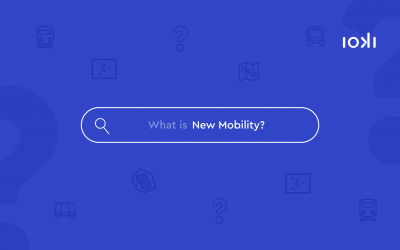The consequences of deregulation for the bus market
In 1986, bus services in the UK were deregulated under the Transport Act. The abolition of regulatory measures enabled competition in the local bus market for the first time since the 1930s. One of the consequences of this was that transport infrastructures were increasingly developed where they proved to be particularly profitable. Other regions were less considered. However, poorly developed mobility infrastructure in certain areas is not the only consequence of deregulation. In Great Britain, a total of five bus companies hold an oligopoly position. Cross-regional interconnection between services is often limited. This leads to potential for improvement at certain points in the industry, which can have an impact on ticket prices, travel planning, the efficiency and reliability of the services, as well as the integration of the offers. Innovative, digital solutions can help to strengthen existing mobility infrastructures in the long term. The ultimate goal in the UK is to increase the use of public transport services while reducing operating costs.
Digital solutions for a contemporary public transport
In order to be able to offer people mobility that is tailored to their needs, especially in less densely populated, often rural or suburban areas, new services must be implemented. But also existing transport services should not be viewed with a negative connotation. The solution is to develop new forms of services and to fully utilise potentials in existing services, always with the economic and ecological impact in mind.
Building on a mobility analysis, which analyses the actual mobility needs in a specific region, flexible adaptable on-demand solutions can be established for everyone. By integrating digital solutions, mobility is thought of in a holistic way and silo thinking in transport planning can be avoided. A dynamic vehicle system can then be used via app or phone, without fixed timetables or routes. This creates a digital and barrier-free on-demand transport system. However, the digitalisation of the current mobility offer not only improves access to the current mobility offer, but also its economic efficiency. Vehicles only start moving when there is a real need.
On the streets of Great Britain
Together with our partner Arriva Bus UK, we launched our first on-demand transport service in the UK last July. In Watford, around 30 kilometres northwest of London, accessible minibuses have been taking their passengers from A to B according to their needs for almost a year. The service can be ordered via the smartphone app « ArrivaClick » and enables local people to get around easily. However, the service is more than just a public transport shuttle. Because the service can be flexibly adapted, it has also been used as a vaccination shuttle since February this year to transport people to the vaccination centre in a simple and uncomplicated way.



